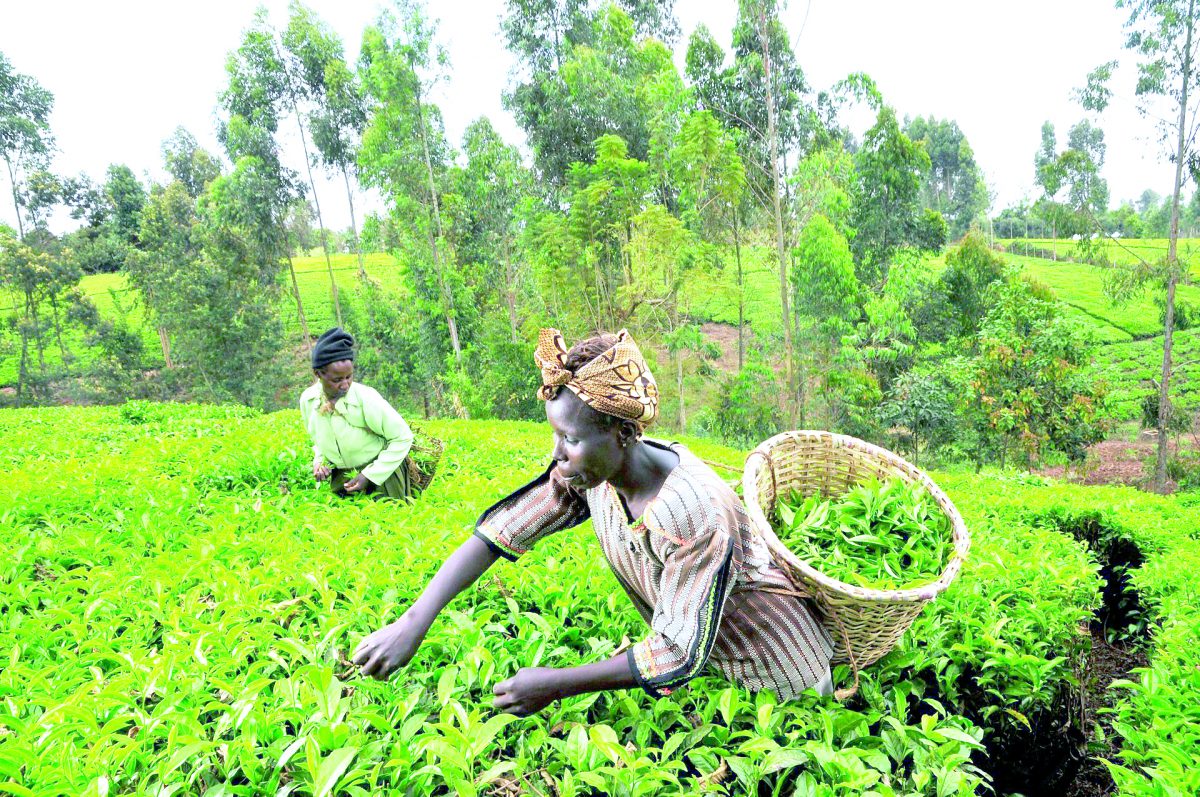How value addition can enhance market share of tea
By PD columnist, December 15, 2022The competitiveness of a commodity is a key element of the market economy regardless of the sector concerned.
In agriculture, competitiveness is sometimes used to refer to when a product has the absolute advantage of the other for being produced cheaply. The competitiveness of Kenya’s tea industry is critical to the country’s economy. Tea remains the leading agricultural export produce, with data from Central Bank of Kenya showing that it raked in Sh80 billion in the first half of this year ahead of horticulture and coffee which traded volumes worth Sh55 billion and Sh23 billion respectively during the same period. A vibrant tea sector is itself a contributor to political, economic and social stability by providing a livelihood for many rural dwellers, especially women.
Kenya’s tea production stood at about 550,000 metric tonnes last year. Out of this, the more than half a million small-scale tea farmers in the country contribute over 60 per cent of tea production in the country, while the balance is from large-scale owners and multinational companies. The share of Kenya’s tea export is roughly 30 per cent of international black tea trade, followed by Sri Lanka and India that have 21 and 15 per cent market share respectively.
Despite Kenya holding nearly one-third of the black CTC tea market and enjoying relatively attractive prices in the recent past, the tea industry is still subject to volatility and long-term price pressures.
For instance, Kenya’s tea is still less valued than Sri Lanka’s. This has been occasioned by the fact that Sri Lanka adds more value to their tea between auction and port compared to other tea-producing nations. Furthermore, Sri Lanka has diversified beyond the traditional black CTC tea product to Orthodox tea, 90 to 92 per cent of which is exported. Ninety percent of Sri Lanka’s exports are in packet form for eventual consumption as loose tea, or in bulk shipments, most of which is further processed, blended or packaged offshore. This is a demonstration that Kenya should now re-evaluate its strategies and focus its attention on value addition and diversification in order to remain competitive.
The emergence of new entrants into the global tea production and trade such as Vietnam, Rwanda and Malawi that seems to enjoy a comparative advantage in factor conditions means that Kenya is set to face stiffer price competition. To become more competitive, Kenya’s tea industry must build on its historic strengths, develop its own brands, forge marketing alliances and move closer to the end-consumer in its target markets. If these strategies are used, it shall help to shield the industry from price volatility while creating value in the market.
Kenya’s tea industry must continue to devise strategies for repositioning the industry in world markets. To achieve this, Tea Board of Kenya jointly with other key players like KTDA and EATTA will have to undertake consumer research, market development, provide efficient logistics, and streamline the import and export procedures to be efficient.
— The writer is the former Konoin MP
More Articles

